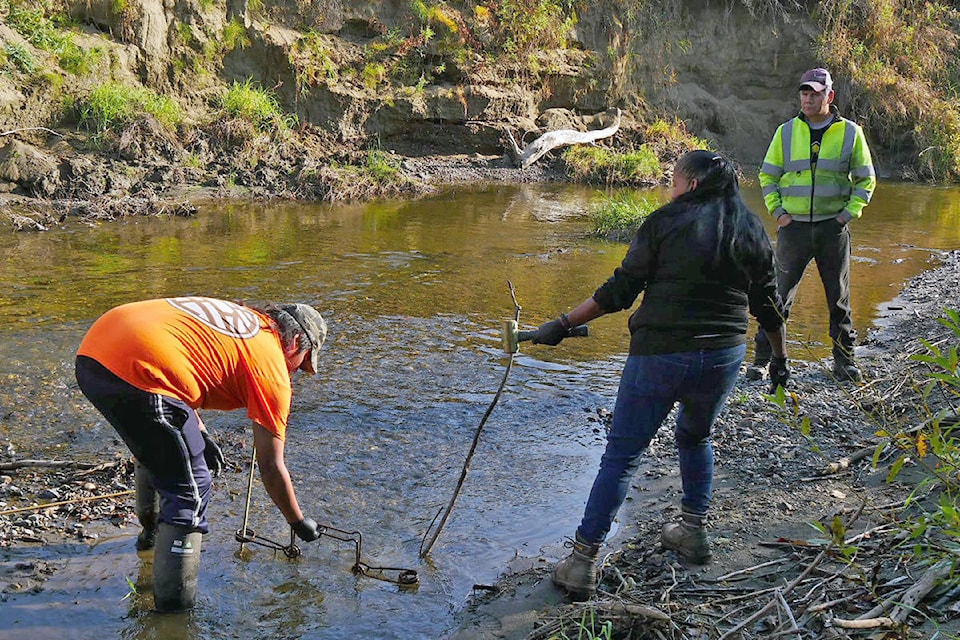One of Canada’s national animals is proving to be troublesome for a First Nations community north of Williams Lake.
Mike Stinson is a natural resource co-ordinator with the Soda Creek Indian Band (SCIB), and said they have a beaver problem at Cmetem (Deep Creek).
“We have an overabundance of beavers,” he said.
“We don’t have an exact number but every year at freshet they cause us a problem.”
Although the large rodents, which have a flat tail and lustrous brown fur, can play a critical role in healthy watersheds they can also be a hindrance.
At Hawks Creek beavers have disrupted water flow causing it to back up and ruin local infrastructure including roads.
Stinson noted in stagnant areas around the dams built by beavers there tends to be quite a bit of fecal matter which is worrisome as many families allow their children to play in the creek.
“It’s also a health concern, and we want the community members to be able to use the creek like they’ve always been able to,” he said.
Instead of opting to shoot the troublesome beavers Stinson said the band decided to add a traditional component by getting members out on the lands of their traditional territory and learning to trap them.
He spoke with Gibraltar Mines First Nations and community relations co-ordinator, Kourtney Cook and administrator Vanessa Clement to come up with a plan.
On Oct. 2 and Oct. 3, Joanne Phillips and Kelsey Pop, who are environmental monitors at Gibraltar Mines, attended the Whispering Willows campsite to teach five band members how to trap beavers.
Both Phillips and Pop are certified B.C. trappers, as well as SCIB members.
Besides learning how to set traps, the group was able to participate and take part in processing a beaver.
Participants even tested their luck at catching a beaver by setting up traps overnight but were unsuccessful.
The beaver skins can be stretched and tanned into pelts which can be used for a variety of useful items such as gloves and boots.
Read More: Billboard promoting the protection of cow moose latest to be installed along Highway 97
“It’s all a fairly long process,” Stinson said.
“We’re hoping that people will be able to get some beaver and we’ll save them, and then next year we’ll do the full tanning to finish that side of the cultural component.”
Some participants had shared stories of how they used to eat beaver meat. Some would even eat their tail, Stinson said.
Following the training, Gibraltar mine donated traps and snares to (SCIB) so members will be able to continue to practice trapping with the hopes of keeping the beaver population at a more manageable level.
The open pit copper mine, located within SCIB traditional territory, has a participation and resource sharing agreement with SCIB.
Do you have a comment about this story? email:
rebecca.dyok@wltribune.com
Like us on Facebook and follow us on Twitter.
